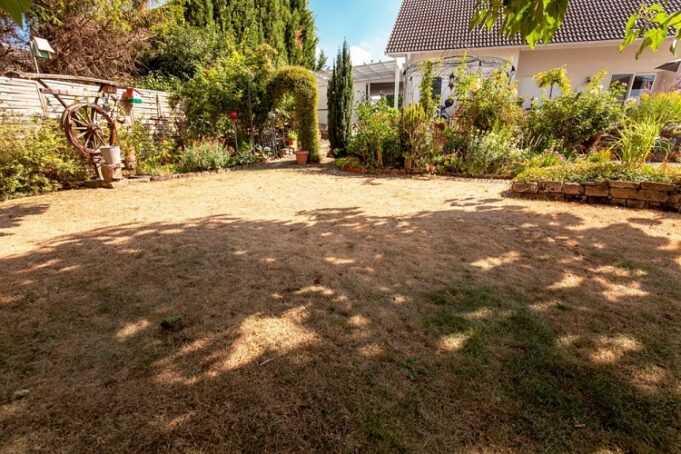A well-kept lawn not merely looks good, but also shows how much passion you have in looking after your house. Determining whether your grass needs maintenance, though, can occasionally be difficult.
We’ll go over a few essential signs that your grass needs care throughout this article. Recognizing these symptoms will enable you to take proactive measures to maintain the health and vitality of your lawn and turf. Also, to get in touch with special care tips for you lawn with Arbor Wise Professional Tree Care, click here.
Table of Contents
1. Uneven or Faded Grass
The development of uneven or discolored grass is among the most evident indications that your lawn requires maintenance. Your lawn could possibly be a clue of underlying problems if you observe patches where the turf is sparse, brown, or nonexistent. Poor soil quality, insufficient hydration, an infestation from pests or diseases, and other factors can all contribute to patchy grass. Once you’ve located the issue, you can take remedial action, such as replanting or airing out the affected regions.
2. Invasion of Weeds
The overgrowth of weeds is a further sign that your lawn requires some extra servicing. Not only do weeds ruin the aesthetics of your green space, but they also battle with the turf for nutrient-rich water. Weeds sweeping across your lawn could be a sign that your grass is not as flourishing as it should be. Your lawn can be balanced again by implementing a consistent weed control program, whether it be done manually or with herbicides.
3. Uneven or Compact Soil
Whenever you stroll on your lawn, it could seem irregular or sleek, which could be an indication of compressed soil. Foot activity, large gears, and even weather itself over time can dense the soil, which prevents healthy root development and digestion of nutrients. Your grass could suffer additional harm from compacted soil and poor runoff. Aerating your grass can help your lawn breathe better and encourage strong root growth, which can help relieve compacted soil.
4. Excessive Thatch Buildup
Thatch is the term used to describe the accumulation of dead turf, roots, and other types of organic debris within the soil and the lush vegetation. Although some layer of thatch is good for the lawn’s health, an overabundance of it can form a fence that keeps water, minerals, and air from getting to the roots. Thatch should be removed if there occupies more than a half-inch of it. Your grass can regain its vibrant and healthy state by being dethatched with a rake or specialized dethatching equipment.
5. Diseases and Pests
It’s important to pay attention to any pest or disease signals on your grass. Your lawn can suffer substantial impairment and brown stains from common pests like grubs and beetles. In addition, ailments like fungus or mold can make the grass wilt, turn brown, or even die. To diagnose the problem and apply the proper remedies, it’s critical for professional help or contact a lawn care expert if you spot any strange patterns or indications of infestation.
Conclusion
Regular maintenance, as well as consideration, are necessary to keep the lawn sound and flourishing. You can take the required actions to maintain your lawn’s beauty and longevity by being aware of the telltale signs that it requires servicing. Your lawn will be preserved in excellent condition if you mow it frequently, water it, fertilize it, aerate it, and take the proper steps to eliminate weeds and pests. Remember that a well-maintained lawn not only improves the look of your entire residence but also creates comfortable outdoors for you and your family to relax.










